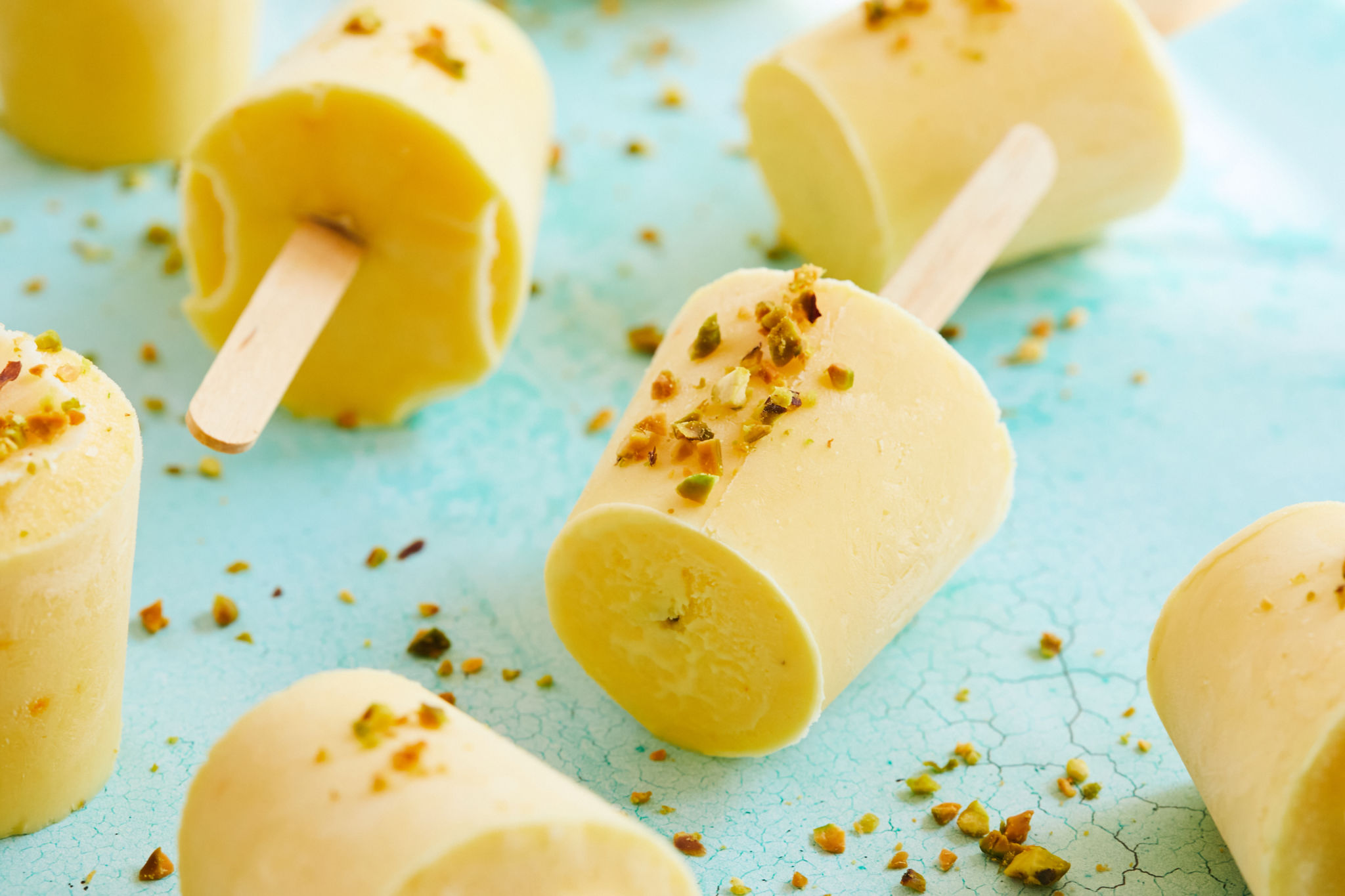Introduction to Kulfi:
Kulfi is a popular frozen dessert that originated in the Indian subcontinent. It’s often referred to as traditional Indian ice cream, known for its rich and creamy texture. Unlike regular ice cream, kulfi is not churned, which gives it a denser and more intense flavor. The history of kulfi is intertwined with the cultural and culinary heritage of the region.
Historical Origins:
The origins of kulfi can be traced back to ancient India, where it was believed to have been created during the Mughal era (16th to 18th centuries). The Mughal emperors were known for their opulent lifestyles and refined taste in cuisine. Kulfi was created as a luxurious dessert fit for royalty and was often enjoyed in the royal courts of the Mughal emperors.
Ingredients and Evolution:
Traditional kulfi is made from simple and wholesome ingredients: milk, sugar, and flavorings. The milk is simmered and reduced to a concentrated form, which contributes to the dessert’s creamy texture. Sugar is added for sweetness, and various flavorings such as saffron, cardamom, pistachios, almonds, and rose water are used to enhance its taste.
Over time, kulfi recipes have evolved, incorporating regional and seasonal ingredients. Fruit-based kulfi flavors like mango, coconut, and fig have become popular. Additionally, modern variations might include ingredients like chocolate, coffee, and even unconventional elements like paan (betel leaf) and balsamic vinegar, showcasing the dessert’s adaptability to changing tastes.
Cultural Significance:
Kulfi holds cultural significance in the Indian subcontinent. It’s often associated with festive occasions, celebrations, and family gatherings. Street vendors and local shops have played a vital role in popularizing kulfi as an accessible and beloved treat. In many cities, the sound of a kulfi vendor ringing a bell is a nostalgic memory for many.
Recipe for Traditional Malai Kulfi:
Here’s a simple recipe for making traditional malai kulfi at home:
Ingredients:
- 4 cups full-fat milk
- 1/2 cup sugar (adjust to taste)
- 1/4 teaspoon cardamom powder
- A pinch of saffron strands (soaked in warm milk)
- Chopped nuts (almonds, pistachios, etc.)
- Optional: rose water or kewra essence for flavor
Instructions:
- In a heavy-bottomed pan, bring the milk to a boil.
- Reduce the heat to low and let the milk simmer, stirring occasionally to prevent sticking.
- As the milk reduces, a thick layer of cream (malai) will form on the surface. Gently push the malai aside and continue simmering.
- After about 45-60 minutes of simmering, the milk will be significantly reduced in volume. Add sugar and mix well until it dissolves.
- Add cardamom powder, saffron strands (with the milk they were soaked in), and chopped nuts. Stir to combine.
- Optional: Add a few drops of rose water or kewra essence for added fragrance.
- Allow the mixture to cool to room temperature.
- Pour the mixture into kulfi molds or small cups. You can insert wooden sticks or toothpicks as handles.
- Place the molds/cups in the freezer for at least 4-6 hours or until the kulfi is completely frozen.
Kulfi’s history is steeped in the cultural tapestry of the Indian subcontinent, evolving from a royal delicacy to a beloved dessert enjoyed by people from all walks of life. Its rich and creamy texture, combined with a variety of flavors, makes it a unique and delightful treat. Whether enjoyed on a hot summer day or as a special dessert during celebrations, kulfi continues to be a symbol of culinary heritage and shared joy.

